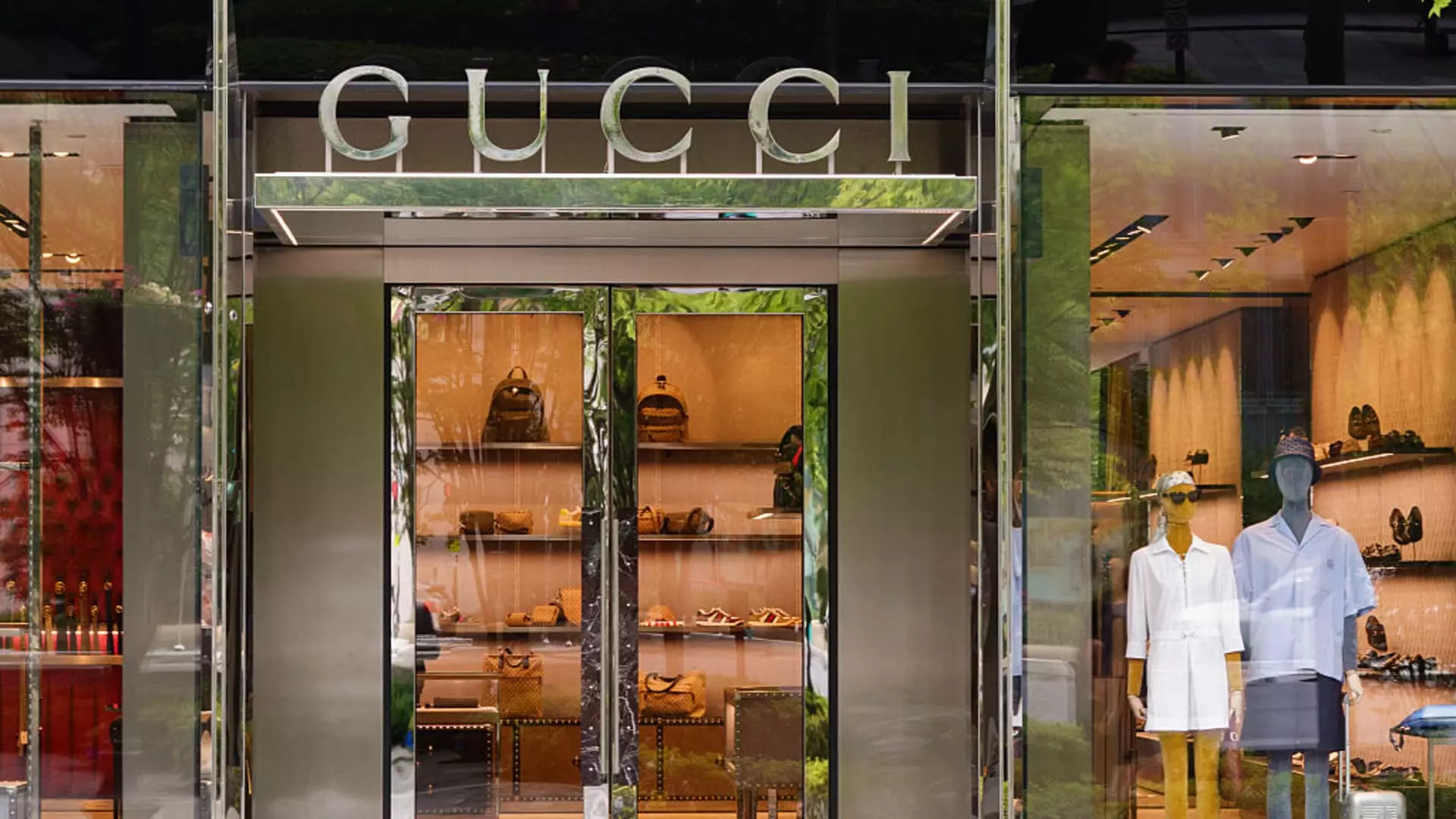In a move that has sent shockwaves through both the fashion and automotive industries, Kering has recently appointed Luca de Meo as its new CEO. This unprecedented decision marks a pivotal moment for the French luxury powerhouse, particularly in light of its flagship brands, Gucci and Saint Laurent, which have struggled significantly in recent years. Unlike the typical path of appointing someone from the fashion sector, Kering has opted for an outsider—an executive who has spent over three decades in the automobile business. This bold step begs the question: can a titan of the car industry breathe new life into a fading fashion empire?
De Meo’s reputation as a transformational leader is well established; his five-year tenure at Renault is notable for revitalizing the brand and bringing about a staggering 90% increase in stock value. These credentials cheered investors as Kering shares jumped over 10% immediately after news of De Meo’s appointment. Yet, can the principles that drive success in the automotive world seamlessly translate into the intricate, emotional landscape of luxury fashion? It’s a gamble with high stakes, especially when Kering has seen its stock plummet over 60% in just two years—largely due to waning consumer interest in Gucci.
Challenges Ahead: The Weight of Expectations
The accolades surrounding De Meo might inspire optimism, but they are not without their caveats. The luxury sector is notoriously fickle, and the challenges facing Kering are severe. With a sharp decline in sales—particularly a 25% downturn in Gucci’s figures this past quarter—one wonders whether de Meo’s unparalleled turnaround skills in the automotive realm will resonate with fashion-lovers who are increasingly indifferent to what was once an iconic brand. Luxury consumers expect an emotional connection and exclusivity, factors that may not align seamlessly with De Meo’s previous experiences.
Analysts, while expressing hope about de Meo’s skills in brand management and marketing, have also remarked on the increasingly complex nature of luxury brand turnarounds. Executing transformative strategies in this sector has become not only costlier but also substantially more prolonged, primarily due to shifting consumer preferences that favor established prestige over brands undergoing a major overhaul.
The Role of Technology and Innovation
Interestingly, de Meo’s successful track record has heavily leaned on technological innovation, which could be Kering’s saving grace if executed correctly. For the luxury industry, appealing to a tech-savvy consumer base has become vital. As more luxury brands invest in e-commerce and digital experiences, the question remains: can Kering and its brands keep pace with this technological evolution while retaining their coveted essence? Analysts suggest a focus on integrating cutting-edge technology into the brand experience could serve as a rejuvenation tool, especially for younger consumers who are steering away from the traditional luxury enclaves.
However, De Meo must navigate the tension between traditional brand values and the need for modernization judiciously. Brands like Gucci have long thrived on heritage, meaning any innovation must honor the craftsmanship and identity that consumers currently feel disconnecting from. Balancing these two aspects could necessitate revolutionary yet patient strategies.
The Ownership Dynamics and Future Leadership
Another layer of complexity in this transition is the looming question of leadership dynamics within Kering. Current CEO François-Henri Pinault has held his position for two decades but is reportedly looking to step back from day-to-day operations. Speculations that he may split the roles of CEO and chairman have an aura of uncertainty—does this mean a potential power struggle or a beautifully synchronized transition? It’s challenging to predict how these internal changes will influence Kering’s strategic vision moving forward.
The company’s direction now relies heavily on De Meo’s ability to understand and adapt to the nuanced roadblocks he will face, especially concerning the brand rejuvenation needed not only for Gucci but for the larger Kering portfolio. The stakes are immense—not just for the financial markets, but for the very identity of the brands under Kering’s umbrella as they step into an era marked by relentless competition and evolving consumer expectations.
As Kering stands at this crossroads, one cannot help but wonder if this gamble on an automotive maverick will result in a radical renaissance for luxury or simply magnify the chasm between emerging consumer desires and fading legacies.


Leave a Reply